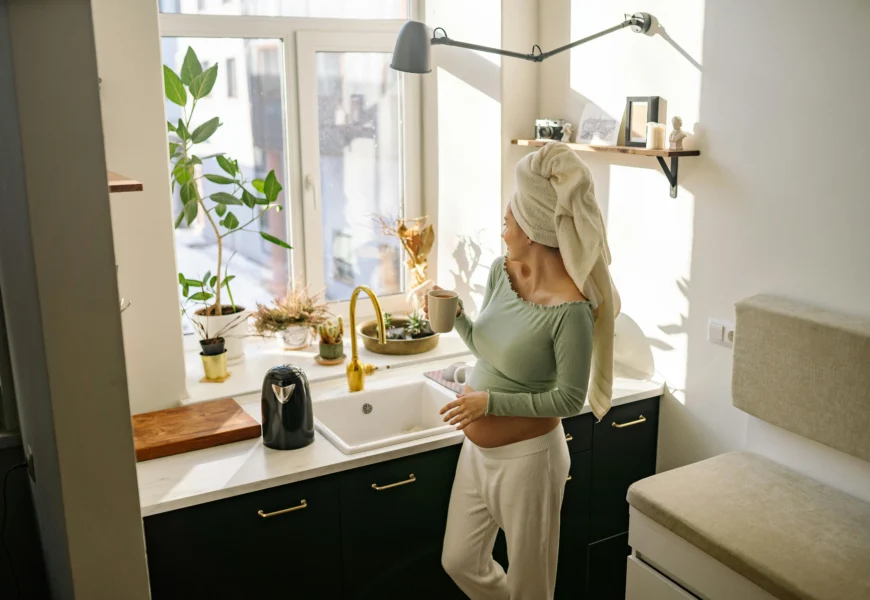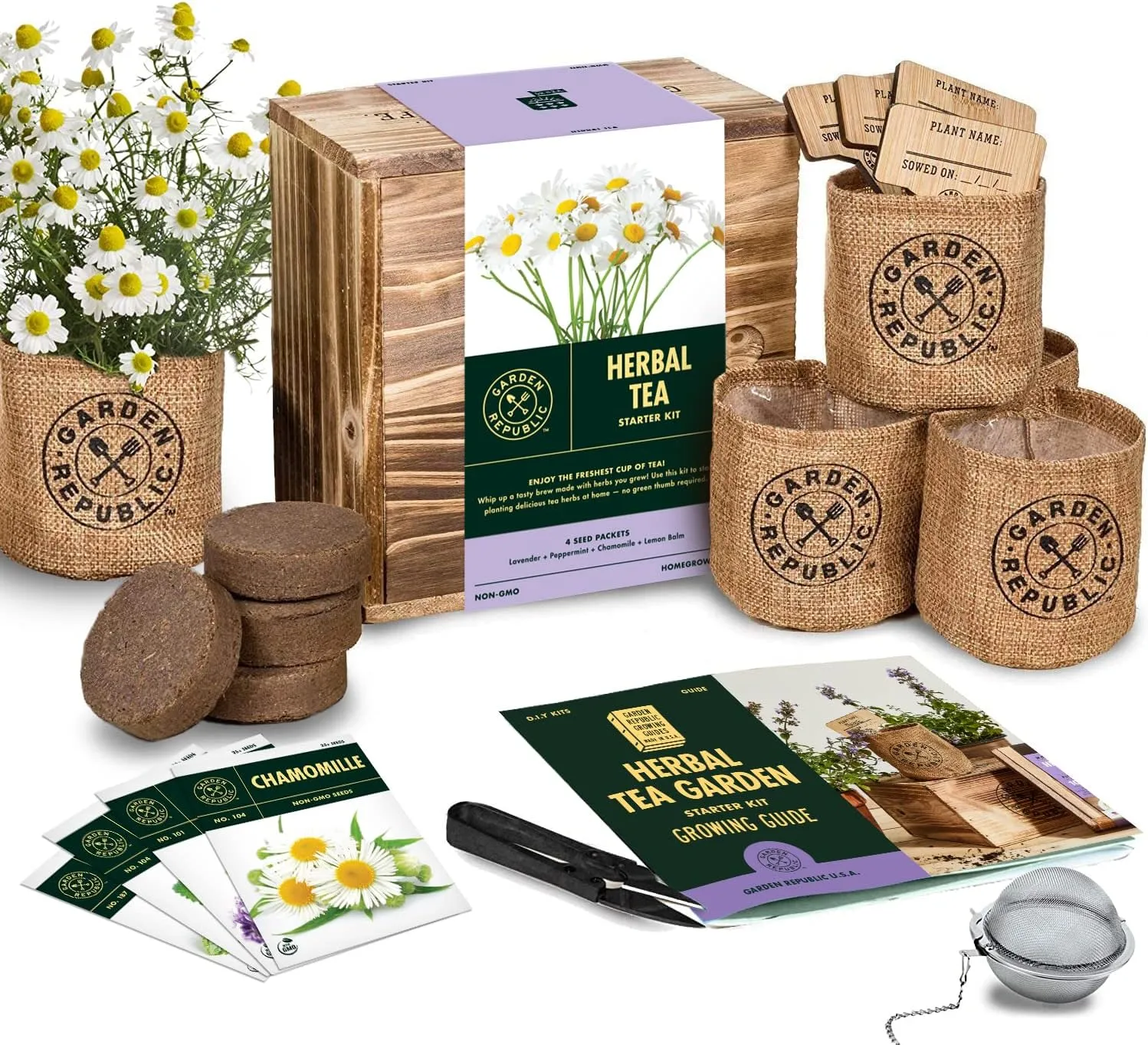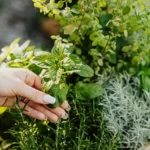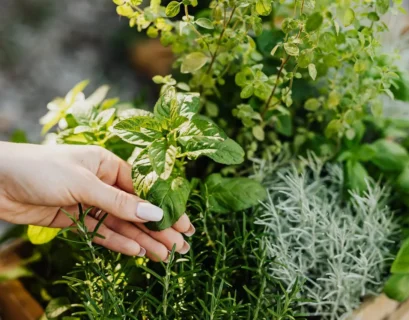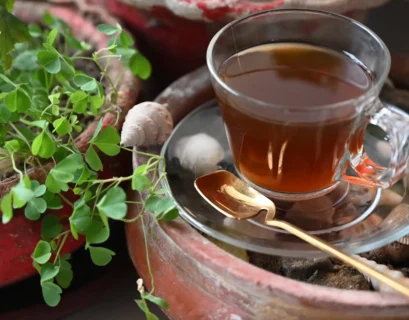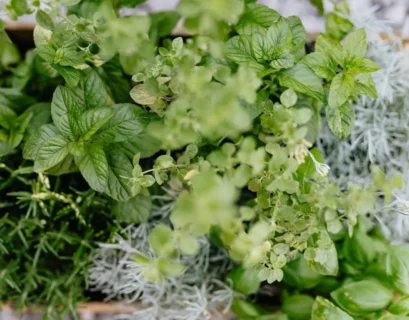Ever considered brewing up a batch of goodness for your indoor plant friends? Turns out, tea isn’t just for you! It can be a fantastic fertilizer and soil amendment for your green companions. But what tea is good for houseplants? This article will delve into the fascinating world of using tea for your plants, exploring the benefits, different types of tea to use, and the best ways to apply them.
Let’s explore how to brew up some healthy growth for your indoor tea garden plants!
Table of Contents:
1. Why Your Plants Need Tea?
Imagine a world where your plants are thriving, their leaves a vibrant green, and their growth robust. This is the magic that tea can bring to your indoor gardening endeavors. Tea is an excellent source of nutrients that your plants crave, and it’s an incredibly versatile way to enhance their well-being.
Tea is rich in nitrogen, phosphorus, and potassium. These three macronutrients are essential for plant growth, helping them to develop strong roots, lush foliage, and bountiful blooms. The nitrogen promotes leaf growth, while phosphorus encourages root development and flower production. Potassium plays a crucial role in overall plant health, aiding in water absorption and photosynthesis.
But wait, there’s more! Tea can also improve the pH of your soil, making it more hospitable for your plants.
Using tea for your plants is like giving them a little boost of energy from nature itself! So, what are you waiting for? Let’s explore the wonders of tea for your indoor tea garden.
Here’s a fun fact: Did you know that tea is a sustainable way to nourish your plants? It’s a simple yet powerful way to give back to the environment!
Related Posts:
- Grow Your Own Tea: A Beginner’s Guide to Homegrown Herbal Bliss
- How to Grow Tea Indoors: Brew Your Own Oasis
- Learn How to Grow Your Own Tea Garden in Your Backyard
2. Types of Tea to Use and How to Prepare Them
Now that you know the benefits, let’s dive into the types of tea you can use for your plants. The best part? You probably already have some in your pantry!

- Black Tea: Black tea, with its rich flavor and deep color, is a great all-around choice for plants. It’s packed with nitrogen, which is essential for healthy foliage growth.
- Green Tea: A lighter option than black tea, green tea is also a good source of nitrogen, as well as antioxidants, which can help protect your plants from stress.
- Herbal Tea: Herbal teas like chamomile, peppermint, and hibiscus can be used to provide specific benefits to your plants. For example, chamomile can help soothe stressed plants, while peppermint can deter pests.
- Rooibos Tea: Rooibos tea is a naturally sweet and caffeine-free option that is rich in antioxidants. It’s a great choice for delicate plants that are sensitive to caffeine.
Brewing Your Tea:
Once you’ve chosen your tea, it’s time to brew it. Here’s how:
- Choose your tea: Select the type of tea that you want to use for your plants.
- Brew: Steep your chosen tea bags in boiling water for about 5-10 minutes.
- Cool: Allow the tea to cool completely before using it on your plants.
- Dilute: To avoid over-fertilizing your plants, it’s a good idea to dilute the tea with water. A ratio of 1 part tea to 3 parts water is a good starting point.
Tip: Avoid using tea that has been sweetened or flavored with artificial ingredients. These additives can harm your plants.
Tea for Your Indoor Tea Garden Plants
When it comes to indoor tea garden plants, the possibilities are endless. You can create a vibrant and lush “indoor tea garden” that’s full of fresh herbs and fragrant flowers. Consider these ideas:
- Mint: Mint is a popular choice for indoor gardens because it’s easy to grow and can be used in many different ways. Mint tea is a great way to naturally repel insects and pests.
- Rosemary: Rosemary is another easy-to-grow herb that can thrive in a well-lit indoor space. Rosemary tea can be used to promote plant growth and help prevent fungal infections.
- Chamomile: Chamomile is a beautiful and fragrant flower that’s also easy to grow indoors. Chamomile tea is known for its calming effects, and it can also be used to soothe stressed plants.
Tea for Your Indoor Tea Garden Kit:
Think of the possibilities! Create your own unique “indoor tea garden kit” and share your passion with others. Here are some ideas:
Grow Your Own Herbal Tea: Enjoy a fresh cup of tea, straight from your home garden!
This tea garden kit comes with heirloom, non-GMO Mint / Peppermint, Chamomile, Lemon Balm, and Lavender herb seeds to start your very own herb garden.
- Start with a small collection of plants: Choose a variety of indoor tea plants like basil, thyme, or lavender.
- Include tea bags: Provide a selection of different tea types that can be used to nourish the plants.
- Add a decorative pot: A beautiful pot will enhance the overall appeal of your “indoor tea garden kit.”
Remember: Test the tea on a small portion of the plant first to make sure it doesn’t cause any adverse reactions.
3. How to Apply Tea to Your Plants:
Now that you understand the benefits of using tea for your plants, you’re ready to get your hands dirty (or rather, your tea-soaked fingers). Here’s how to apply tea to your indoor tea garden plants for optimal growth:
1. Watering With Tea:
- Dilute Your Brew: Don’t just pour your freshly brewed tea onto your plants. Instead, dilute it with water. A general rule of thumb is to use a 1:1 ratio of tea to water. You can adjust the ratio depending on the strength of the tea and the needs of your plants.
- Avoid Strong Teas: Steeped tea is more concentrated and can be too strong for some plants. Avoid using overly strong black teas or teas with added sugar or sweeteners.
- Consistent Watering: Water your plants with the tea solution every other watering, alternating with plain water. This helps prevent over-fertilizing and ensures your plants receive a balanced diet.
2. Foliar Feeding:
- Spraying Your Plants: A foliar feed, which means applying the solution directly to the leaves, is another way to nourish your plants. You can use a spray bottle to mist the leaves of your indoor tea garden plants with diluted tea.
- Frequency: Apply the tea foliar feed once a week or less, depending on the needs of your plants. Pay attention to signs of over-fertilization, such as brown leaf tips or yellowing leaves.
- Avoid the Sun: Don’t spray your plants with tea solution during the middle of the day when the sun is strongest, as the water droplets can act like magnifying glasses and burn the leaves.
- Used Tea Bag Magic: Don’t toss your used tea bags! They are a great source of nitrogen, a key nutrient for plant growth. You can add used tea bags directly to your compost bin to boost the nutrient content.
- Direct Application: You can also bury used tea bags directly in your indoor tea garden plants’ soil. The bags will slowly decompose and release nutrients into the soil.
Remember that even with the benefits of using tea for your plants, it’s essential to maintain a balanced watering schedule and avoid over-fertilizing. Always pay close attention to your plants’ needs and adjust your tea application accordingly.
With a little love and tea, you’ll soon have a thriving indoor tea garden that will impress all your friends. Check out our article on How To Grow Tea Indoors: Brew Your Own Oasis for more tips on growing your own indoor tea paradise!
4. Tea Recipes for Specific Plant Needs:
Now that you know the basics of using tea for your plants, let’s explore some specific recipes tailored to address common plant needs:
A. Boosting Growth and Vitality:
- Green Tea for General Growth: Green tea is packed with nitrogen, a crucial nutrient for healthy leaf growth. Brew a strong pot of green tea, let it cool, and water your plants with it once a week. This simple trick can give your indoor tea garden plants a vibrant boost!
B. Acid-Loving Plants:
- Black Tea for Acidic Soil: Many indoor tea garden plants, like azaleas and rhododendrons, prefer acidic soil. Black tea can help create the right environment for these beauties. Brew a strong cup of black tea, let it cool completely, and water your plants with it every other week.
C. Fighting Pests:
- Peppermint Tea for Pests: Peppermint tea is a natural pest repellent. To repel aphids and other insects, steep a strong pot of peppermint tea, let it cool, and spray it directly on your plants. This is especially helpful for outdoor plants, but it can also be a safe and effective method for your indoor tea garden plants.
D. Nutrient Deficiencies:
- Chamomile Tea for Iron Deficiency: If your plants are displaying signs of iron deficiency (yellowing leaves with green veins), chamomile tea can provide a natural boost of iron. Brew a strong pot of chamomile tea, let it cool, and water your plants with it once a week.
E. For a Luxurious Indoor Tea Garden:
- Herbal Tea for a Unique Garden Experience: Looking to create a truly unique indoor tea garden experience? Consider using herbal teas like chamomile or lavender to water your plants. These infusions will not only provide nutrients but also create a calming aroma in your home. This could be the perfect way to create a relaxing indoor oasis.
Note: While tea is generally beneficial for plants, always use it in moderation and avoid overwatering. Be sure to allow the tea to cool completely before applying it to your plants.
Remember, experimenting with different types of tea and recipes can be a rewarding and fun way to nurture your indoor tea garden plants. Happy gardening!
Related Links:
Learn How To Grow Your Own Tea Garden in Your Backyard – Explore the world of outdoor tea gardening for a fresh and invigorating experience.
Grow Your Own Tea – A Beginner’s Guide to Homegrown Herbal Bliss – Discover the joys of growing your own tea from seed to cup.
5. Troubleshooting and Tips for Success:
While using tea for your indoor tea plant can be beneficial, it’s important to keep in mind that it’s not a miracle cure for all plant problems. Over-fertilizing can lead to root burn and other issues, so it’s essential to use tea sparingly. If you notice your plants are wilting, have yellow leaves, or are growing slowly despite using tea, it might be time to investigate other causes, such as insufficient sunlight or improper watering.
To make sure your indoor tea garden kit is thriving, here are some tips:
- Start Small: If you’re new to indoor tea garden ideas, start with a small indoor tea garden kit and observe how your plants respond to tea. This will help you adjust your approach based on individual plant needs.
- Observe and Adapt: Every plant is unique, and what works for one might not work for another. Pay close attention to your plants’ reactions and adjust your tea application accordingly.
- Don’t Overdo It: Remember, tea is a supplement, not a replacement for proper care. Ensure your plants have access to adequate light, water, and soil nutrients.
- Variety is Key: Just like a diverse diet is essential for human health, offering your indoor tea garden plants a variety of teas will provide them with a broader spectrum of nutrients.
- Fresh is Best: While using tea bags is convenient, using loose tea leaves allows for a more concentrated application. Freshly brewed tea is ideal, but if you need to store it, refrigerate for up to three days for optimal results.
Conclusion:
Incorporating tea into your indoor tea garden plants’ care routine can be a fun and beneficial practice. It’s a natural way to provide your plants with essential nutrients and promote healthy growth. Whether you’re a seasoned indoor gardening enthusiast or just starting your indoor tea garden journey, experimenting with tea can add a unique dimension to your plant care routine.
Remember, every plant is an individual with its own needs, so pay close attention and adapt your approach accordingly. With a little care and attention, you can enjoy the rewarding experience of cultivating a vibrant and thriving indoor tea garden.
Remember, you can find more tips and inspiration for growing your own indoor tea garden in these articles:
- Learn How To Grow Your Own Tea Garden in Your Backyard
- How To Grow Tea Indoors: Brew Your Own Oasis
- Grow Your Own Tea: A Beginner’s Guide to Homegrown Herbal Bliss
- From Seedling to Steeping: Cultivate Your Own Indoor Tea Garden for Fresh Brews

